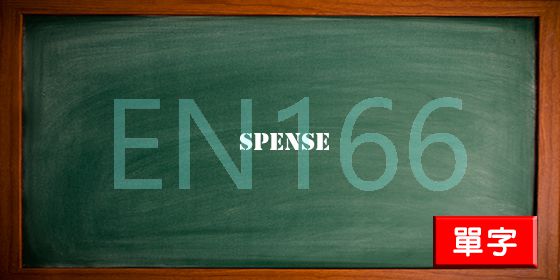spense n.〔主 Scot.〕1.食品貯藏室。2.(學校等的)食...
n. 〔主 Scot.〕 1.食品貯藏室。 2.(學校等的)食品供應部。 3.(鄉間的)內室,起居室。 “spence; spense“ 中文翻譯: 伙食房;肉房;食物室“spenser“ 中文翻譯: Spenser1 n. 1.斯潘賽〔姓氏〕。 2.Edmund Spenser 愛德門斯賓塞〔1552?-1599,英國詩人〕。 “spens“ 中文翻譯: 史潘斯; 斯龐; 斯彭斯“spenser mts“ 中文翻譯: 斯潘塞山“spenrath“ 中文翻譯: 施彭拉特“spenser roll“ 中文翻譯: 去骨的牛脊肋肉“spennymoor“ 中文翻譯: 斯彭尼穆爾“spenserian“ 中文翻譯: adj. (英國詩人)斯賓塞體的。 n. 斯賓塞 (Spenser) 派詩人。 “spennemann“ 中文翻譯: 施佩內曼“spenserian stanza“ 中文翻譯: 斯賓塞體〔斯氏在 Faerie Queene 中所用的詩體〕。 “spennato“ 中文翻譯: 斯彭納托
spenser |
|
But in the second phase , all of these theories can still be categorized into 4 kinds : dynamic comparative advantage theories , such as the new factors theories by baldwin and kenen , the life - cycle theory by vernon and hirsh , etc ; intra - industry trade theories such as product differentiation model by stiglitz and dixit , the strategy trade theory by spense , brander and krugman , and so on ; the endogenous trade theory such as technology overflow effect and learning curves theory by romer and krugman , the neo - classic trade theory by tucher and young , and the like ; and the competitive advantage theory by michael porter 在這一時期,經濟學家們提出了形形色色的理論,出現了“百家爭鳴”局面。基本上可以歸于以下四大類型:一是動態的比較優勢理論;二是產業內貿易理論;三是內生國際貿易理論;四是競爭優勢理論。各個階段的比較優勢理論有其時代特點,但一個共同點是:比較優勢始于成本差異,并一直沒有突破成本差異,而不考慮產品的附加值。 |

